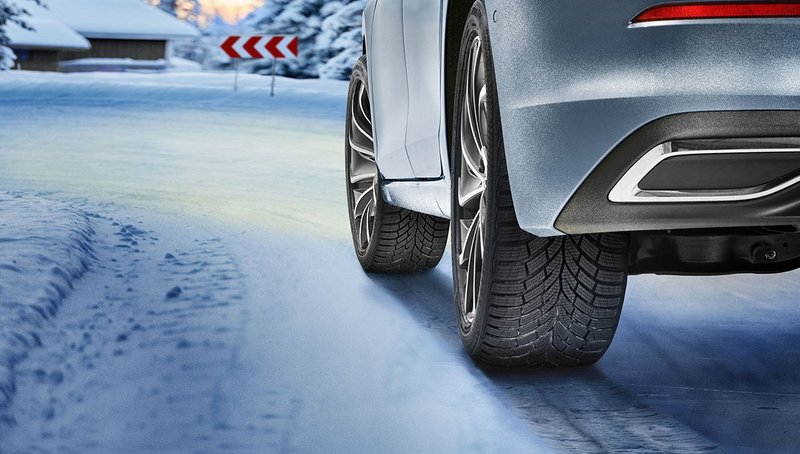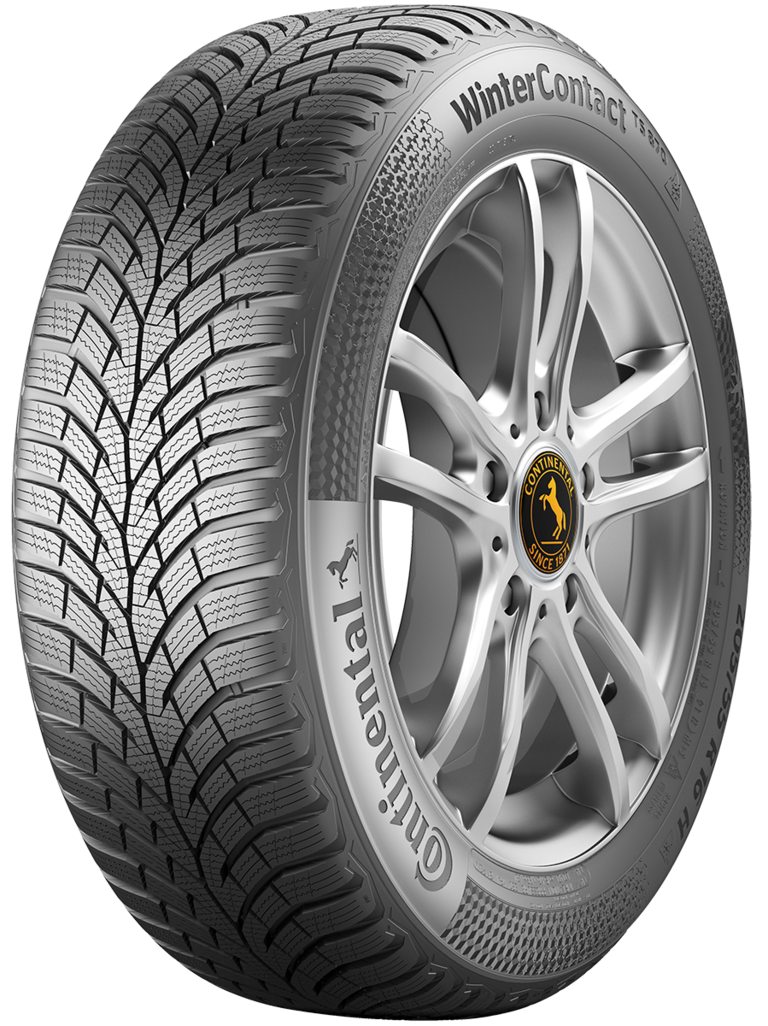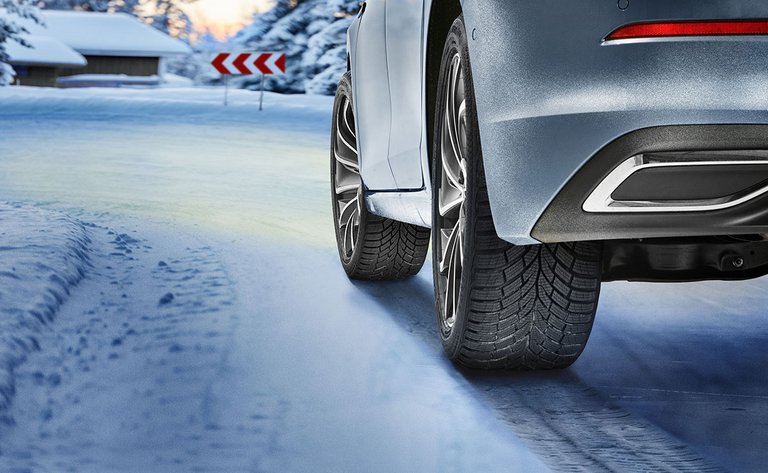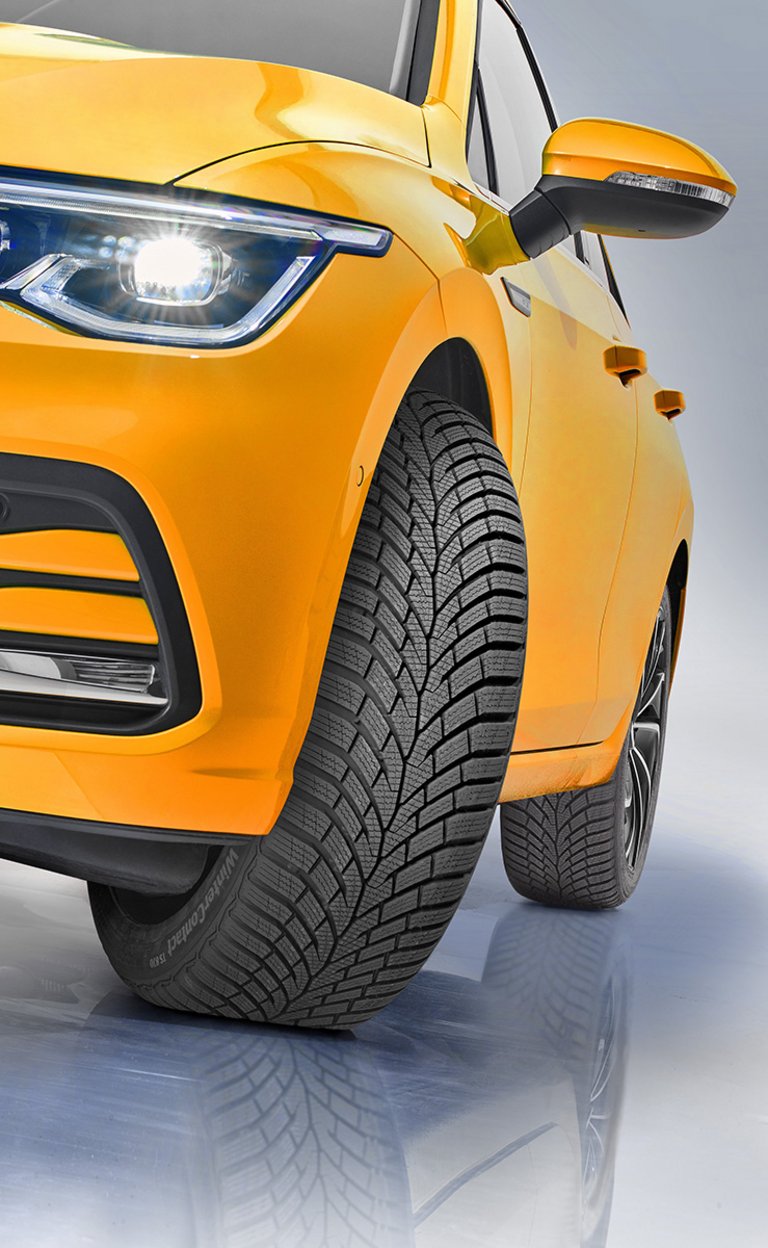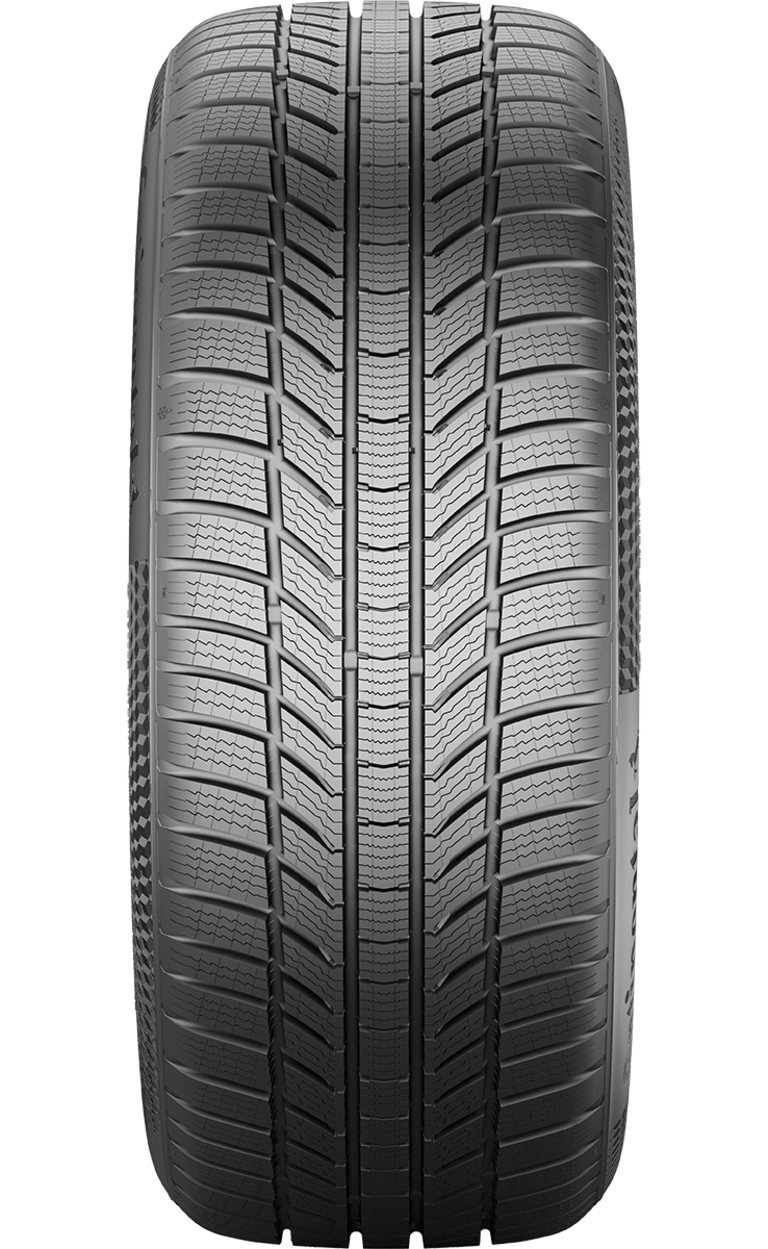A Great Double Act: Continental Presents the WinterContact TS 870 and WinterContact TS 870 P
- More innovative: enhanced Cool Chili compound and new tread pattern design
- Safer: outstanding winter performance and excellent wet-weather properties
- More sustainable: lower rolling resistance and marked increase in mileage
Hanover, Germany, May 3, 2021. Given the parameter shifts in the performance of modern car tires in recent years, you could be forgiven for assuming that there is little room for further improvement. And yet the WinterContact TS 870 and WinterContact TS 870 P from Continental prove the very opposite: There is still scope for quantum leaps in tire technology.
The WinterContact TS 870 − for up to midsize cars
The successor to the proven WinterContact TS 860, much acclaimed by the trade press, follows in its tracks by combining outstanding winter performance with excellent wet-weather properties, while also presenting compelling ecological credentials – such as a further reduction in rolling resistance and an increase in mileage. That said, the WinterContact TS 870 is an all-new product, newly developed from the ground up in terms of its construction, tread pattern design and compound. The outcome is a model that, in a direct comparison, delivers three percent shorter braking distances on ice and five percent better handling on snow.
The new WinterContact TS 870 also offers improvements in grip on snow, wet-weather properties and handling on dry roads. Given the conflicting objectives with which the development engineers are regularly confronted in terms of safety-relevant properties versus environmental performance, the progress made in both areas is impressive: A ten percent increase in mileage is accompanied by a two percent reduction in rolling resistance.
As a result, this new arrival again presents the exceptionally balanced performance across all disciplines that end users have long since come to expect of winter tires from Continental. Added grip on snow is ensured by newly developed 3D interlocking sipes, set at the best possible angle to engage with the snow. As the tread blocks dig deeper into the snow, they can interlock with it more effectively to deliver extra grip. Additional safety is provided by deep sipes, arranged parallel to the diagonal grooves. These sipes present a large number of edges, enabling the dynamic forces to be transferred more effectively and delivering good straight-line and cornering grip on snow-covered roads.
For the developers, one of the benefits of this design was that it allowed them to create even larger snow pockets in the tread. These fill up with snow and ensure even better grip. Because in simple terms, the best grip on snow is delivered not by adhesion between the contact patch and the snow-covered road, but by adhesion between snow and snow. The snow gets into the tread grooves where it is compacted. And this compacted snow in the tires then interlocks with the snow on the road. The better the tread grooves retain the compacted snow, the better the grip. This is where Continental employs SnowCurve+ technology. Tires with this technology feature a special groove wall structure that interlocks with the compacted snow at more than 1,000 points in the tread. This delivers greater grip and makes for better transmission of braking forces – particularly when cornering.
To further reduce braking distances on slippery winter roads, Continental has increased the number of tread blocks in the contact patch of the WinterContact TS 870 by as much as ten percent. The edges and sipes in these blocks act like windshield wipers, dispersing snowmelt fast and ensuring good grip on icy surfaces.
The WinterContact TS 870 features the V-shaped tread pattern, since adopted by many tire manufacturers. One striking innovation here, however, is that the main V-shaped grooves run towards a wavy center groove running around the tire, giving Continental’s new winter specialist a very different look from most of its competitors. But that’s not all. Through a combination of Hydro Grooves and the center groove, the developers have achieved even faster water displacement when driving in the rain. This provides even more effective protection against aquaplaning and delivers a further improvement in braking performance on wet roads. Another factor that helps achieve short braking distances is the newly developed tread compound which, as in the previous model, goes by the name of Cool Chili. With its blend of special resins, this ensures better grip and shorter braking distances in the wet.
The secret behind the tire’s enhanced environmental properties lies above all in the polymer compound. The optimized crosslink density makes for greater flexibility, improving the quality of the contact between tire and road. This reduces abrasion and increases the tire’s mileage. At the same time, the Cool Chili compound reduces its rolling resistance, cutting fuel consumption and thus also CO2 emissions.
The WinterContact TS 870 was developed for models like the VW up!, the VW Golf and the Citroën C4. Higher-priced models too, including the BMW 1 Series and 3 Series, will drive safely through the cold season on this new winter tire from Continental. The product range initially comprises 19 sizes for 14- to 17-inch rims with aspect ratios from 45 to 65 and in widths from 175 to 225 millimeters – some with a rim protection rib and/or XL marking indicating higher load-carrying capacity. Next year, Continental will be adding a further 45 sizes to the range. These tires are approved for speeds of up to 240 km/h.
The WinterContact TS 870 P for midsize cars and SUVs upwards
Continental will be gradually introducing the WinterContact TS 870 P as successor to the
TS 850 P. As with its “little brother”, for the WinterContact TS 870 P Continental employs an enhanced Cool Chili compound and uses Hydro Grooves. To deliver added safety for drivers who fit wider tires, the developers have chosen to move away from the conventional V-shaped tread. Instead, in the WinterContact TS 870 P, Continental has settled on a stiffer construction with four large circumferential grooves running between the rows of tread blocks. This innovative tread structure, which is very different from its predecessor, offers major advantages – particularly in the wet. It displaces the water from the contact patch very quickly, resulting in better handling, shorter braking distances and effective protection against aquaplaning.
Compared to the tire’s proven predecessor, the developers have delivered a four percent improvement in wet braking and an eight percent improvement in aquaplaning properties − without compromising its performance in other respects. Improvements of five percent in braking on ice, six percent in dry handling, and six percent in handling on snow deserve special mention. This new Continental winter tire also presents compelling ecological credentials: A two percent reduction in rolling resistance goes hand-in-hand with a 16 percent increase in mileage.
The product range initially comprises 52 passenger car and SUV sizes for 16- to 21-inch rims with aspect ratios from 35 to 65 and in widths from 205 to 255 millimeters – many with a rim protection rib and/or XL marking indicating higher load-carrying capacity – and with approvals for speeds of up to 270 km/h. That makes the WinterContact TS 870 P the ideal solution when fitting new tires to sedans, SUVs and sports cars like the Audi TT. The tire’s stiff construction also makes it an excellent choice for heavier models with electric drive.
Continental had originally intended to launch these two new winter tires individually, one after the other. The product launch of the WinterContact TS 870 had been announced for last year, but was postponed until 2021 due to the COVID-19 pandemic.

Sarah Steingrube
Spokeswoman
Passenger Car and Truck Tires EMEA
